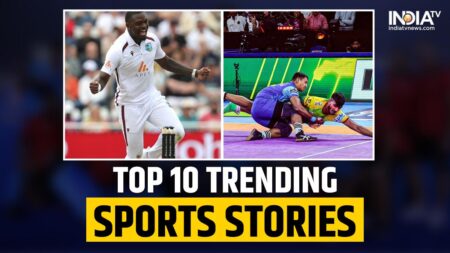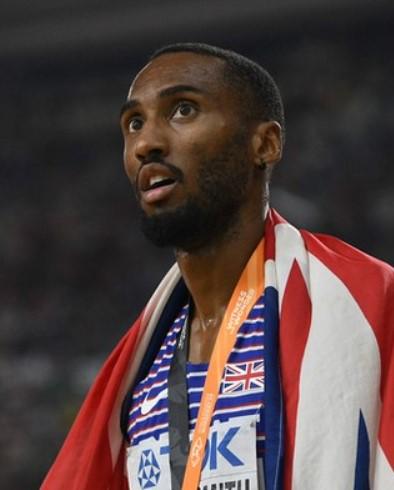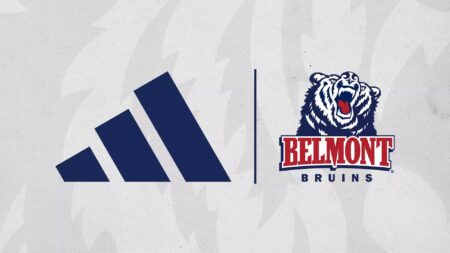In a landmark case that could reshape college athletics, House v. NCAA has drawn intense scrutiny over its potential repercussions for non-revenue-generating athletes. While much attention has focused on high-profile sports like football and basketball, experts warn that the lawsuit’s outcomes may inadvertently disadvantage athletes in less commercially lucrative programs. As the NCAA faces mounting pressure to address compensation and athlete rights, this legal battle underscores the complex challenges of creating equitable policies across the diverse landscape of collegiate sports.
House v. NCAA Case Threatens Financial Stability for Non-Revenue-Generating Athletes
The House v. NCAA case casts a long shadow over the financial prospects of college athletes, particularly those who do not participate in high-revenue sports such as football or basketball. Unlike their counterparts in these lucrative programs, non-revenue-generating athletes rely heavily on scholarships and limited funding, making them especially vulnerable to any shifts in NCAA regulations and compensation structures. The potential redistribution of resources triggered by this case threatens to widen the already significant financial disparity between athletes, leaving many struggling to cover basic expenses.
Key concerns surrounding this case include:
- Reduced Scholarship Security: Potential cuts or restructuring could weaken the guarantees currently provided to lesser-known athletes.
- Unequal Exposure to Compensation: Endorsements and name, image, and likeness (NIL) deals are largely inaccessible to non-revenue-generating players.
- Resource Allocation Conflicts: Schools might prioritize funding for marquee sports, diminishing support for smaller programs.
| Impact Area | Current Status | Potential Outcome |
|---|---|---|
| Scholarship Funding | Stable | At Risk |
| NIL Opportunities | Limited | More Unequal |
| Support Services | Consistent | Reduced |
In sum, unless carefully managed, the fallout from this legal battle could unintentionally deepen economic divides within collegiate sports, undermining the stability and well-being of athletes outside the high-profile spotlight.
Potential Consequences for Athlete Support Services and Academic Opportunities
Should the House v. NCAA decision stand, many non-revenue-generating athletes could face significant reductions in the support systems that currently enable their athletic and academic success. Athletic departments, pressured to allocate limited budgets more prudently, might scale back specialized services such as nutrition counseling, mental health resources, and personalized training programs. These services, often seen as foundational for athlete well-being, could become privileges rather than standards, disproportionately affecting athletes in sports with less media attention and financial backing.
Furthermore, academic opportunities tailored for these athletes are at risk. Scholarship funds and academic tutoring, which often bridge the gap between rigorous athletic commitments and educational achievement, may be restructured or eliminated. The following table highlights potential budget reallocations that universities might consider, showcasing how cuts could ripple through key areas:
| Service Area | Current Investment | Possible Reduction |
|---|---|---|
| Academic Tutoring | $500,000 | 25% |
| Nutrition & Wellness | $300,000 | 30% |
| Mental Health Support | $200,000 | 35% |
| Travel & Housing | $400,000 | 20% |
Such adjustments threaten the balance between athletics and education, diminishing the holistic collegiate experience for athletes outside the revenue spotlight.
Addressing Equity Concerns Through Comprehensive Policy Reforms
Ensuring fair treatment for non-revenue athletes requires targeted policy reforms that go beyond superficial adjustments. Current discussions around name, image, and likeness (NIL) rights often overshadow the broader spectrum of equity issues these athletes face, such as limited scholarship resources, access to medical care, and academic support tailored to their unique schedules. A holistic approach must center on:
- Expanding scholarship criteria to include more non-revenue sports participants
- Guaranteeing comprehensive healthcare benefits beyond injury treatment
- Offering flexible academic programs that accommodate rigorous training times
Without these reforms, many athletes risk being sidelined economically and educationally despite their contributions to collegiate athletics. The following table highlights key disparities between revenue and non-revenue athletes, underscoring the urgency for equitable policy action:
| Category | Revenue Athletes | Non-Revenue Athletes |
|---|---|---|
| Average Scholarship Coverage | 90% | 65% |
| Access to Full-Time Trainers | Yes | No |
| Academic Support Hours per Week | 10 | 5 |
| Guaranteed Post-Eligibility Benefits | Yes | No |
Recommendations for Protecting Non-Revenue Athletes in Collegiate Sports Ecosystem
To safeguard the interests of non-revenue athletes, collegiate sports bodies must implement clear financial protections and equitable resource allocations. This includes establishing minimum scholarship guarantees and comprehensive healthcare coverage that extend beyond the playing season. Additionally, investing in mental health services and career development programs can ensure these athletes receive support both on and off the field, reducing the risk of exploitation under shifting NCAA policies. Transparency in how funds are distributed within athletic departments should also be mandated to prevent favoritism towards revenue-generating sports.
Another pivotal strategy involves strengthening athlete representation in decision-making processes. Creating independent athlete advocacy groups with the power to negotiate and influence university policies can empower non-revenue athletes. Below is a suggested framework for protections, emphasizing fairness and sustainability:
| Protection Area | Key Recommendation | Expected Outcome |
|---|---|---|
| Scholarship Security | Guaranteed full-ride scholarships for all varsity athletes | Minimized dropout due to financial strain |
| Health & Wellness | Year-round medical coverage with mental health support | Improved athlete well-being and performance |
| Advocacy | Independent athlete councils with voting power | Greater athlete agency in policy decisions |
The Conclusion
As the Supreme Court prepares to issue its ruling in House v. NCAA, the potential consequences for non-revenue-generating athletes remain a pressing concern. While the case promises to reshape college sports, it risks sidelining the very individuals who do not participate in headline-grabbing revenue sports but whose contributions are vital to collegiate athletics. Observers and stakeholders alike will be closely watching how this decision balances the interests of fairness, financial equity, and the future of amateurism in college athletics.




